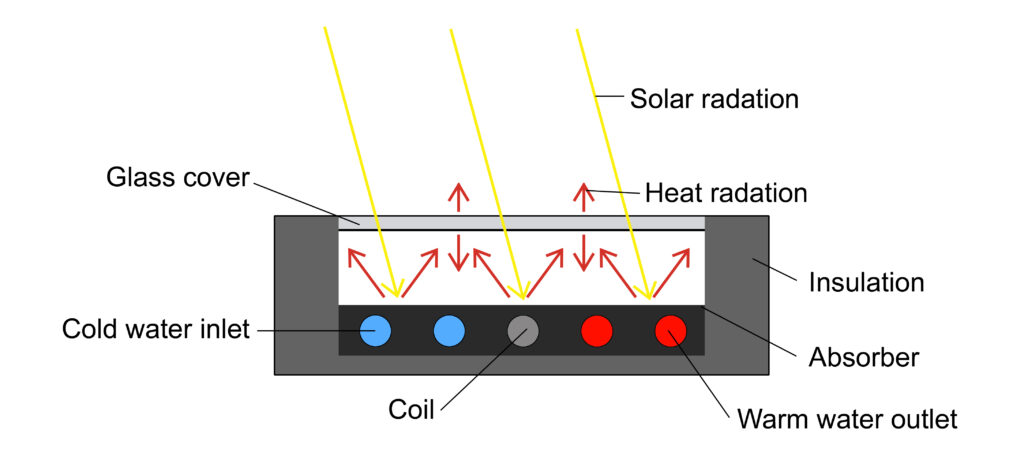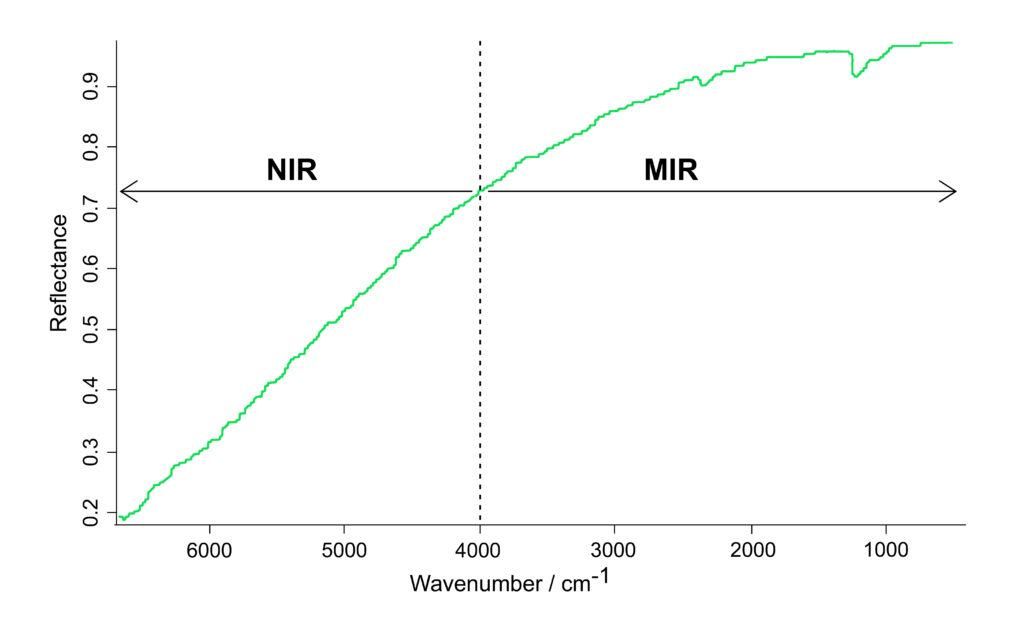As the world is sliding into an energy crisis this winter, many are not only afraid of cold houses but also cold showers … brrr 🥶. So it comes as no surprise that everyone is starting to ask the same question:
„What are the alternatives to fossil heating?“
Scientists have been working for a long time to make heating more efficient and sustainable using solar power for example. Now, with natural gas becoming a more controversial heat source, the topic of solar thermal energy has gained new momentum.

Solar thermal materials, unlike solar cells, convert sunlight into thermal energy rather than electricity. Here, a solar absorber coating heats a closed liquid cycle, while a heat exchanger provides you with the energy to heat your home … and your shower.
But how are these materials developed and optimized? The optical properties (e.g. emissivity) of the described solar absorber surfaces must meet certain requirements that can be assessed using our favorite „jack-of-all-trades“:
Fourier-Transform Infrared Spectroscopy.
Let us explain how.
The requirements for adequate solar absorbers
Unfortunately, good absorbers are also usually good emitters. So scientists use FTIR to engineer new materials that are optimized to harvest solar energy. Two material properties are especially important.
- High absorbance in the near infrared (NIR) and visible (VIS) spectral range. This is where the main part of the sun’s emission takes place. High absorbance ensures a max. energy transfer to the solar absorber.
- The absorber should not emit the absorbed energy via mid infrared (MIR) heat radiation. The heat needs to be transferred to the closed liquid cycle and not absorbed to the outer environment.
Since the typical operation temperature of the solar thermal collectors is around 60°C the absorber coatings can be analyzed via room temperature FTIR reflectance spectroscopy. However, as many solar absorbers have a rough surface, an integration sphere is required.
But what is FTIR diffuse reflectance?
Diffuse reflection occurs when light is reflected from a surface in such a way that rays striking the surface are scattered at various angles. If you want to know more about FTIR in reflectance, check out this video.
Case study: Solar Absorber
Below, you can see the reflectance spectrum of a solar absorber. As previously discussed, the low reflectivity in the NIR range shows a strong absorption. The maximum lies within the sun’s peak radiation and thus allows us to optimally harvest its energy.

From this data, we can now apply Kirchhoff’s law of thermal radiation and Bruker’s OPUS software to calculate the emissivity ε: where R is the wavenumber dependent reflectivity and 
ε(

Further evaluation such as calculation of spectrally integrated emissivity in compliance with corresponding standard methods can also be be realized, but are beyond the scope of this article.
Conculsion
Solar absorbers are great for heating water and thus offer an efficient way to avoid high energy prices and protect the environment. To determine their efficiency FTIR spectroscopy is the ideal tool by measuring the emissivity of these materials. We at Bruker Optics are looking forward to more inventions in the area of solar thermal materials.








